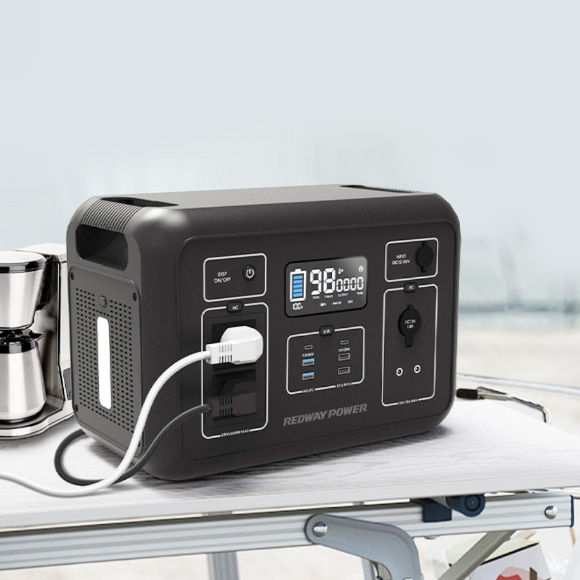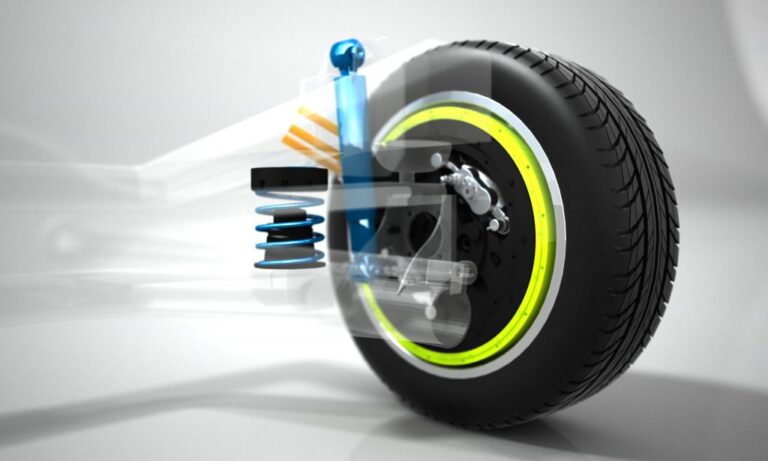In an era where mobility and convenience reign supreme, the demand for portable power solutions has surged. Portable power station factory, in particular, have become indispensable for outdoor enthusiasts, emergency preparedness, and remote worksites. This article explores the significance of portable power station factories, shedding light on the innovation and technology that drive the production of these compact and powerful energy sources.
Portable Power Station Factory: Crafting Mobility, Power, and Efficiency
A portable power station serves as a compact and self-contained energy hub, capable of powering a variety of devices ranging from smartphones to essential appliances. These stations typically incorporate advanced battery technologies, inverters, and charging components into a portable and user-friendly package.
Portable power station factories are the birthplaces of these innovative energy solutions. Here, advanced manufacturing processes and engineering expertise converge to create devices that offer a reliable source of electricity in diverse settings. The key features that set these power stations apart include high energy density, lightweight design, and a variety of output options such as AC outlets, USB ports, and DC sockets.
One of the critical aspects of portable power station factories is their ability to tailor solutions to different needs. Whether designed for camping, outdoor events, or backup power during emergencies, these factories ensure that each portable power station is equipped with the right specifications to meet its intended purpose. The incorporation of lithium-ion or lithium iron phosphate (LiFePO4) batteries contributes to high energy density, prolonged cycle life, and enhanced safety.
Moreover, portable power station factories play a pivotal role in integrating smart technologies, such as battery management systems (BMS) and digital displays. These features enhance the efficiency and safety of the power stations, providing users with real-time information about battery status, power output, and remaining runtime.
As the demand for portable power stations continues to rise, these factories are at the forefront of developing solutions that align with the evolving needs of consumers. The combination of portability, power, and efficiency makes portable power stations a must-have accessory for anyone seeking a reliable and convenient source of energy on the go.
Demystifying Power: Understanding Battery C Rating
As the backbone of various electronic devices, batteries come with a plethora of technical specifications. One such specification that holds significance, especially in the realm of high-performance applications, is the Battery C Rating. Let’s delve into the intricacies of this rating and its implications for battery performance.
Battery C Rating: Deciphering Power Output and Performance
The Battery C Rating is a measure of a battery’s discharge capability relative to its capacity. Simply put, it indicates how quickly a battery can be discharged without causing damage or compromising performance. The “C” in C Rating stands for the capacity of the battery.
For example, if a battery has a C Rating of 10C and a capacity of 1000mAh (milliampere-hours), it means the battery can be discharged at a rate of 10 times its capacity. In this case, the maximum discharge current would be 10,000mA or 10A (Amperes).
The Battery C Rating is particularly crucial in applications where high current output is required, such as in radio-controlled vehicles, high-performance drones, or electric power tools. It helps users determine the optimal discharge rate to ensure efficient and safe operation of the device without putting undue stress on the battery.
A higher C Rating generally indicates a battery that can deliver more power, making it suitable for applications with higher energy demands. However, it’s essential to strike a balance, as excessively high discharge rates can lead to increased heat generation, potentially affecting the battery’s longevity and safety.
When considering batteries for specific applications, understanding the device’s power requirements and matching them with an appropriate Battery C Rating is key. Manufacturers provide C Ratings for their batteries, offering users valuable information to make informed decisions about battery selection based on their specific needs.
Conclusion: Powering Progress with Precision
In conclusion, the synergy between portable power station factories and Battery C Ratings exemplifies the precision and innovation driving advancements in energy solutions. Portable power stations, born in these specialized factories, provide users with a versatile and reliable source of power on the go. Simultaneously, the Battery C Rating demystifies the power output capabilities of batteries, ensuring that high-performance devices operate efficiently and safely.
Whether it’s the convenience of a portable power station meeting the diverse energy needs of outdoor enthusiasts or the precision of Battery C Rating guiding high-performance applications, these technologies collectively contribute to a world where portable, efficient, and powerful energy solutions empower progress and convenience.







